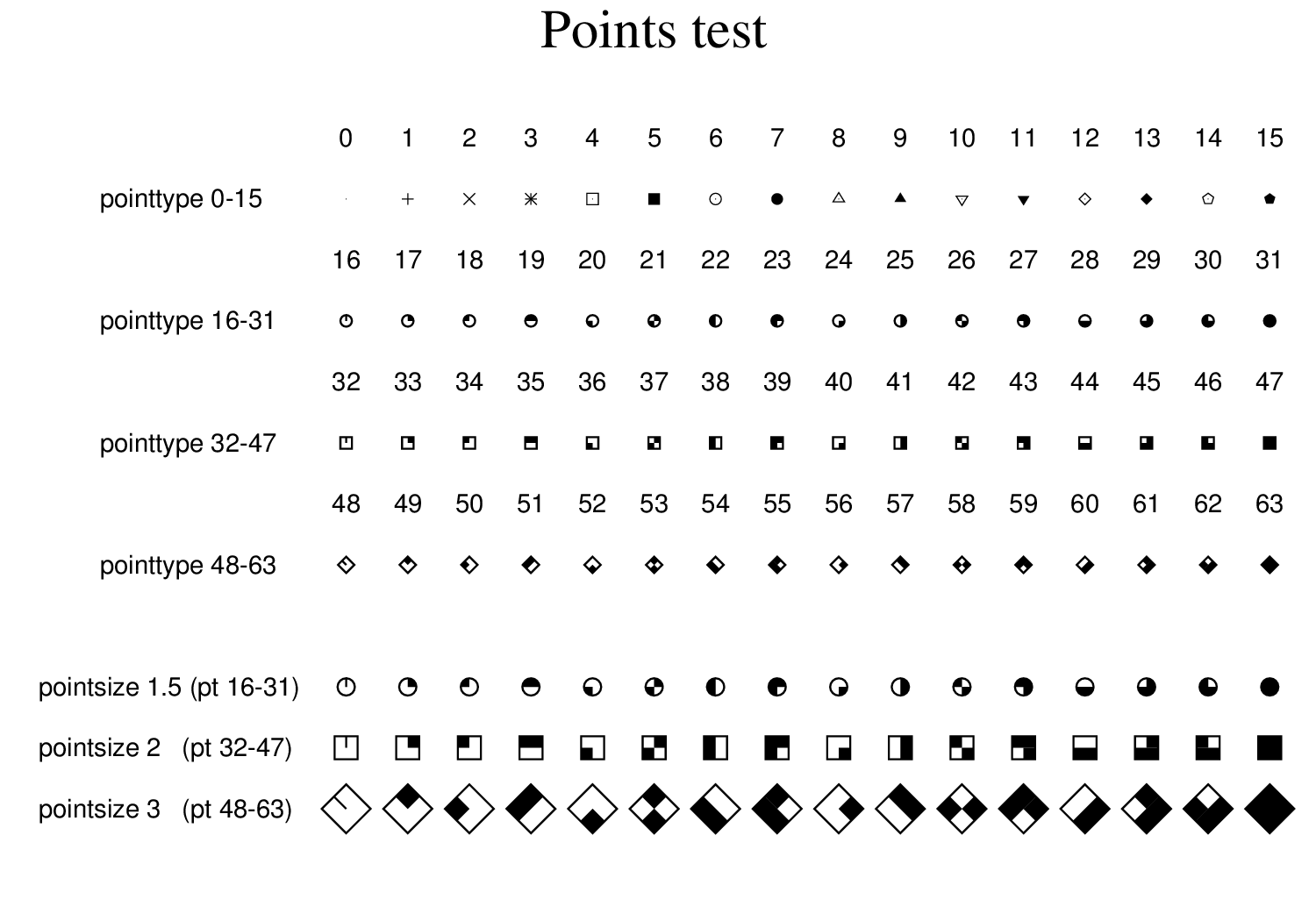
Schiff bases retain their relevance to this day, especially are considered the so called ’privileged ligands’. Schiff base ligands are able to coordinate metal ions either by the imine nitrogen, another atom (which usually comes from the aldehyde fragment), or even both. It is also possible to design host compounds, which are able to selectively coordinate guest molecules, by use of chiral components (e.g., chiral diamines) or by controlling the size of the macrocycles. To this day, the macrocyclic chemistry of Schiff bases is in constant development due to their ability to coordinate a large number of different species, such as metal ions or small chemical compounds. The reaction was possible due to the presence of acetone which undergoes the condensation with 1,2-ethanediamine.

Yellow crystals formed in the experiment were confirmed to be complex compounds of nickel ions coordinated by macrocycles. An interesting example of applications development is provided by the macrocyclic Schiff bases, which were accidentally discovered by Curtis in 1961 while studying nickel ions and diamines. Over the years, Schiff bases have gained significance in various areas of science such as organic synthesis, material science, catalysis and biochemistry. The SAPT results showed that the stability of the dimers extracted from the crystals of the Schiff base derivatives arises from electrostatics and dispersion. An application of the Hirshfeld surface analysis revealed the nature of the non-covalent interactions present in the investigated crystals.

It was found that the presence of the polar solvent does not significantly affect the structure of the studied compounds. The obtained results demonstrate that the three isomers differ greatly in their structural properties (molecular symmetry is broken for the ortho and meta isomers in the solid state) and ability to form intermolecular interactions, while retaining overall similar physico-chemical characteristics, e.g., aromaticity of the phenyl rings. Crystal structure analyses were performed for the data reported previously in the literature. Density Functional Theory (DFT) simulations were carried out in vacuo and with solvent reaction field based on Polarisable Continuum Model (IEF-PCM formulation) at the ωB97XD/6-311+G(2d,2p) level. Intra- and inter-molecular non-covalent interactions are studied via Hirshfeld surface analysis, Independent Gradient Model (IGM), Quantum Theory of Atoms in Molecules (QTAIM), Non-Covalent Interaction (NCI) index, Electron Localisation Function (ELF), Core-Valence Bifurcation (CVB) index and Symmetry-Adapted Perturbation Theory (SAPT). The aromaticity of the phenyl rings is evaluated using the Harmonic Oscillator Model of Aromaticity (HOMA) index. The current study tackles the problem of symmetry and interactions within the molecules, as well as in the crystal lattice.

Two of the isomers are not planar in the published crystal structures.

This study focuses on selected members of the general salen-analogues family possessing two O-H⋯N hydrogen bonds, namely three isomers of N, N’-bis(salicylidene)-X-phenylenediamine, denoted as ortho, meta and para.


 0 kommentar(er)
0 kommentar(er)
